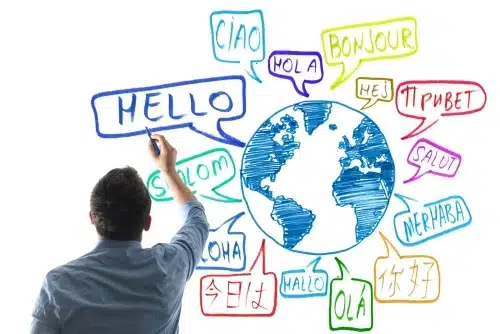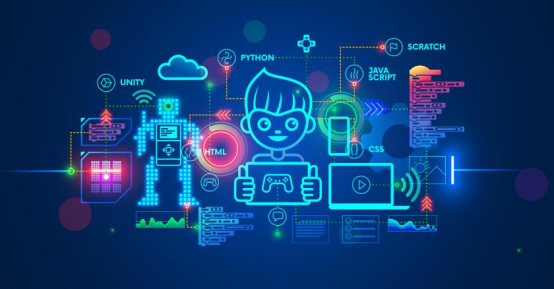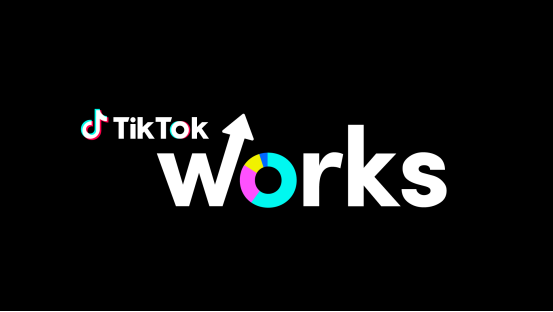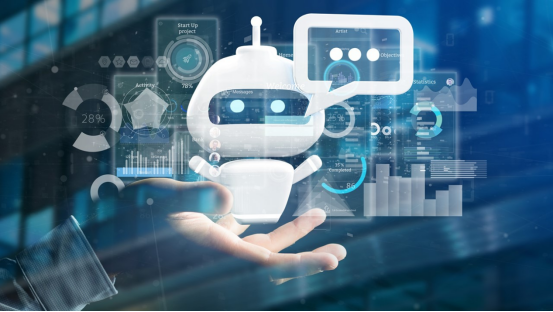Revolutionizing Communication Effortlessly
In our increasingly interconnected world, effective communication across language barriers is more crucial than ever. For millions, Google Translate serves as the go-to tool to bridge these gaps, powered by cutting-edge artificial intelligence (AI) and machine learning. Initially designed as a basic translation tool, it has since evolved into an indispensable service for individuals and businesses navigating the global marketplace. This article explores Google Translate’s evolution, technology, practical applications, ethical concerns, and its transformative impact on cross-cultural communication.

The Evolution of Google Translate
Launched in 2006, Google Translate began as a simple statistical machine translation (SMT) tool. Early versions worked by identifying patterns in large sets of multilingual text pairs. Although this approach was functional, it lacked contextual understanding, often leading to inaccurate translations. The turning point came in 2016, with the introduction of Neural Machine Translation (NMT), a more sophisticated approach that translates entire sentences by considering context rather than word-for-word conversion. As a result, the tool became significantly more accurate, delivering more natural and culturally relevant translations.
As of 2024, Google Translate supports over 100 languages, continually learning and improving through vast datasets and user feedback. Its integration of Generative AI and other sustainable tech solutions reflects how AI is now revolutionizing communication, making it more accessible and efficient across the globe.
The Technology Behind the Tool
At its core, Google Translate utilizes Neural Machine Translation (NMT), leveraging deep learning algorithms to interpret entire sentences. This technology allows it to grasp contextual meaning, making translations more accurate and fluid. NMT improves the translation process by reducing the occurrence of errors often found in idiomatic or complex phrases.
Moreover, the tool capitalizes on Google’s cloud computing infrastructure, which allows it to store and process massive datasets in real-time. As edge computing advances, more translation processes will likely occur locally, reducing latency and enhancing speed for users. With 5G connectivity and Smart Devices integration on the horizon, Google Translate could soon offer real-time, on-demand translation through wearable technologies such as glasses or earpieces.

Key Features of Google Translate
Google Translate offers a variety of features, making it a versatile tool for both everyday users and professionals:
- Text Translation: The primary feature allows users to input text and receive instant translations in over 100 languages. The tool’s cloud-based architecture makes it highly scalable and efficient for translating large volumes of text in a short time.
- Speech Translation: Users can speak directly into their devices and receive nearly real-time translations. This feature, particularly effective when paired with 5G connectivity, is ideal for travelers or business professionals conducting international meetings.
- Image Translation: A standout feature is the ability to translate text from images, which is especially helpful for reading menus, street signs, and product labels while traveling.
- Offline Translation: Language packs can be downloaded, enabling users to access translations even when disconnected from the internet—a vital function for travelers in remote areas or those with restricted online access due to cybersecurity concerns.
Practical Applications
The real power of Google Translate lies in its practical applications, reshaping industries ranging from travel to business and education.
Travel: For international travelers, Google Translate has become an essential companion. It helps users navigate foreign countries by translating everything from menus to transportation information, making the travel experience less daunting.
Business: Global businesses depend heavily on Google Translate to break down language barriers. It allows companies to communicate with international partners, translate marketing materials, and reach a broader audience without hiring costly translation services. For instance, Shopify integrates Google Translate to help its sellers connect with international customers by translating product descriptions and customer reviews.
Education: In multilingual classrooms, Google Translate helps students from diverse linguistic backgrounds participate in lessons. Teachers use it to communicate with students who may not speak the primary language of instruction, making education more inclusive and accessible worldwide.
Success Stories of Notable Individuals
Google Translate has impacted countless professionals, including some of the world’s most influential figures:
Jimmy Wales – Founder of Wikipedia: With Wikipedia serving as a multilingual platform, Google Translate assists editors worldwide in overcoming language barriers. This helps ensure that Wikipedia’s content is accessible to global audiences, highlighting the tool’s role in bridging information gaps.

Malala Yousafzai – Nobel Laureate: As an advocate for universal education, Malala has emphasized the importance of tools like Google Translate in democratizing learning. By enabling students to access educational materials in their native languages, Google Translate is helping to overcome linguistic barriers in underprivileged regions.

Ethical Considerations and AI Regulation
As with any technology driven by AI, Google Translate raises ethical considerations, particularly concerning data privacy and accuracy.
Data Privacy: Since Google Translate processes large datasets, ensuring the security of user data is essential. Users must trust that their information is handled in compliance with privacy regulations. Google’s commitment to adhering to cybersecurity solutions is critical to maintaining this trust.
Accuracy and Accountability: While Google Translate is incredibly advanced, it still has limitations, especially in translating complex legal or medical texts. Misinterpretations in such sensitive contexts could have serious consequences, underlining the need for AI regulation to ensure responsible usage.

The Future of Google Translate
The future of Google Translate promises even more advanced capabilities. Integrating blockchain technology could offer greater transparency in the translation process by decentralizing data, while edge computing will improve response times and make real-time translation even more accessible. As 5G connectivity rolls out globally, Google Translate will likely become more seamlessly integrated into everyday smart devices, such as wearables, allowing users to experience real-time translation in various settings—from casual conversations to international business negotiations.
The Impact on Cross-Cultural Communication
At its core, Google Translate has profoundly impacted cross-cultural communication. It goes beyond just translating words, facilitating meaningful interactions between people from different linguistic backgrounds. From fostering international collaborations to enabling personal relationships across language divides, Google Translate has become an indispensable tool for breaking down barriers and promoting global understanding.
Unlocking the Future of Communication
Google Translate’s combination of AI, machine learning, and cloud computing makes it a leading force in revolutionizing communication. As it continues to evolve, the tool will remain essential in bridging linguistic gaps, making the world a smaller, more connected place.


